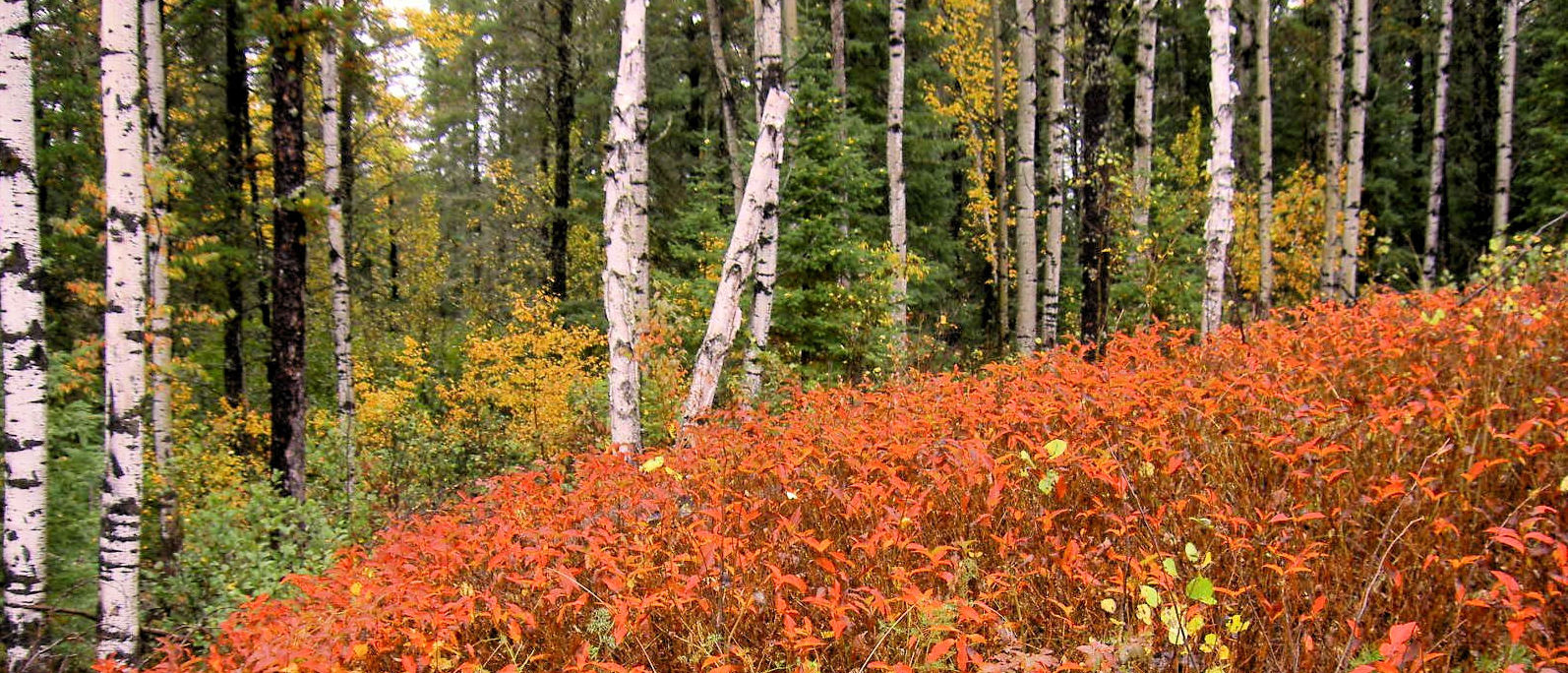
AMONG THE ALGOMA MINES [2]
The World’s [3] Young Man on
His Tour of Inspection
MOOSE IN CLOSE QUARTERS
This New Ontario [4] District Seems to
be a Veritable Hunter’s Paradise
****
Animal Life to be Seen Everywhere ̶ Indian
Camping Grounds ̶The Eastern Con-
tinuation of the Atik-okan Iron Range
̶The Lakes and Rivers ̶ A Glimpse of
the Old Dawson Route ̶Return to Port
Arthur.

Port Arthur, Ont., July 11: ̶ (Special Correspondence.) ̶-It was shortly after my inspection of the lower section of the Atik-okan Iron Range, described in my last letter, that I saw my first live moose at close quarters. Towards evening on the day in question we were moving leisurely up [5] a section of the river which turned and twisted like a serpent through low ground covered with a rank growth of grass and shrubbery, when several hundred yards ahead of us we saw a big buck emerge from the undergrowth and step down into the water. Forthwith we muffled our paddles, so that under cover of a bend in the stream we might creep up close to him before he saw us. As the breeze was blowing from him in our direction he did not get scent of us, and before he was aware of it we were upon him. As we rounded the turn the big brute, stern towards us, was, as is the habit of the animal, feeding upon the long submerged grass which grows in the bottom of the river. He must have been hungry, for as he ate he buried his head in the water up to his eyes. So intent upon his evening meal indeed was he that we had gotten to within fifty feet of him before he noticed out presence. And then as he suddenly faced round upon us I saw as noble a sight as I hope to see again in many a day. As the big brute stood there up to his knees in that marshy water, he great spreading antlers proudly tossed into the air, and a surprised though not fearful look in his mild eyes, he seemed a veritable lord of creation. For fully 30 seconds he inquiringly stared at us, and then, turning tail, climbed the embankment and galloped off into the woods. I should have liked to have had his antlers, but the law forbids the killing of these animals [6] ̶ and besides, we had no firearms with us. The Government is endeavoring to protect the moose, but he is being slaughtered pretty freely nevertheless, and it will not be long before, like the buffalo, the breed becomes extinct. The same remarks apply to the cariboo [sic], of which there are a few herds in this country.

Plenty of Animal Life.
At every turn in the river now we saw fresh evidences of abundant animal life. Here a great eagle soared high in the air, watching for his prey; there a partridge flitted through the undergrowth; at another point a water dog [7] slipped into his mud house on our approach, and still further on a mother duck would go into a fit of hysterics for the sake of her brood of little ones. At a sign from her the ducklings would all dive beneath the water, and meantime she, with a great ado, would splash and splutter up the stream ahead of us to draw us away from them. After thus enticing us away a quarter of a mile or so she would rise high in the air and fly back over our heads to her charges.
END NOTES
1 This article appeared in a Toronto newspaper on July 16, 1897. The correspondent signs himself as F.D.L.S., probably of Toronto, but the date line is Port Arthur (now part of Thunder Bay, Ontario). This is a transcription of the article.
2 In 1897, the Algoma District extended along the north shores of Lake Superior and Lake Huron. In 1871, Thunder Bay District had been separated out of Algoma District. A 1894 pamphlet, published under authority of the Commissioner of Crown Lands, makes this statement: “The total area of the Rainy River District is estimated to be 22,500 square miles and comprises all that part of Western Algoma lying west of the 91st meridian of west longtitude.” Algoma was also a loose term for the whole area north and west of Thunder Bay. The name “Algoma”, being derived from Indigenous words, was infused with romance, i.e., a sense of mystery, remoteness, and adventure.
3 The Toronto World was indeed a Toronto newspaper. It published from 1880 until 1921.
4 In that era, it was common to refer to Northern Ontario as New Ontario.
5 This choice of words suggests the party was travelling upstream, and indeed the reader learns they were travelling upriver, from west to east.
6 In 1892, the Ontario government passed a bill, commonly referred to as a Game Act, whose official name is “An Act to amend The Act for the Protection of Game and Fur-bearing Animals”. Non-residents could not hunt deer, moose, elk, reindeer, or caribou without a license. The closed season for everybody was November 1st to 15th. The kill was limited to two, but moose could not be taken in the water or immediately after leaving the water.
7 Trappers today are not familiar with a wildlife species called “water dog”. The limited description suggests a muskrat, aka a musquash.

[Continued in Part 2]

